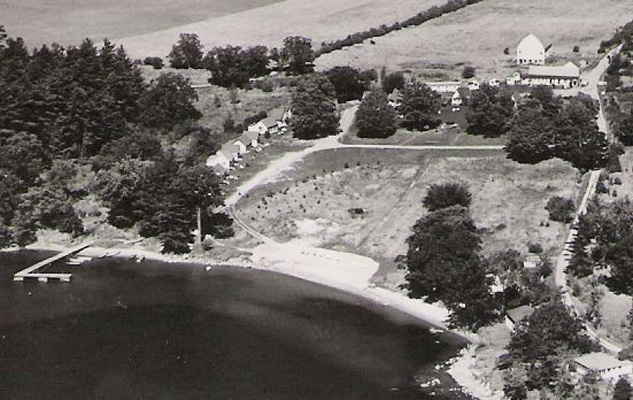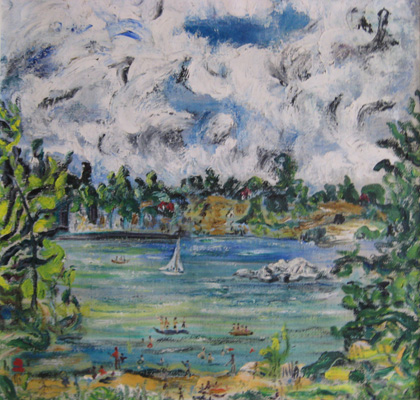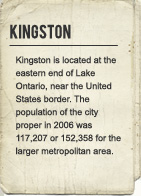Sandy Beach Family Resort
Owned by David Plaw and his family, the Sandy Beach resort was located between Kingston and Gananoque on the St. Lawrence River, in the Thousand Islands region. The territory on which the resort stood was purchased in 1939, when David was looking to buy a small piece of land so he could build a summer cottage. He intended to use the space to indulge his love of fishing. He had his eye on two acres in an area where the fishing was good, but was required to purchase the entire property, which measured 160 acres and included a working farm. With his brothers-in-law Boris and Sasha Elias, David agreed to go ahead with the deal.
The purchase turned out to be a lucky one, since having a farm enabled David to help many people in the period before and during the Second World War. At this time, working the land as a farmer was one of the few ways a Jew could enter Canada as an immigrant or refugee. Relatives from Europe were thus able to escape from the Nazis and come to live on the farm. When the original farmhouse proved too small to accommodate everyone, David built cottages. During that time, he helped a number of young German Jewish boys who had been interned as enemy aliens in a camp south of Montreal. Living on the farm provided a summer haven for them.
After the war, the Jewish refugees found homes elsewhere and the resort became the major business undertaking. From the post-war years until it closed during the late 1960s, Sandy Beach became a highly successful resort, boasting 65 cottages and motel units, three restaurants and a gas station. The picnic grounds could accommodate up to 1000 people and visitors would come to enjoy the fishing, beach, woodlands and playgrounds. Once the old barn was converted into a recreation area, a venue for music performances and Saturday night dances was established. Distinguished guests such as the U.S. Secretary of State, John Foster Dulles, would vacation there or drop in for dinner. In turn, families from Kingston and Montreal would regularly come and spend a month or two during the summer. Altogether, the vibrant atmosphere, lively mix of clientele, good food and relaxed sense of style made for an irresistible vacation destination, whose full story still remains to be told.
Resort life in the region began to decline in the late 1960s. By 1967, the business was no longer viable and it was sold to a consortium of Kingston businessmen and professionals who wanted to build a yacht club. The Plaw family still owns a small parcel of land on this site, which they use for family weekends and vacations.










